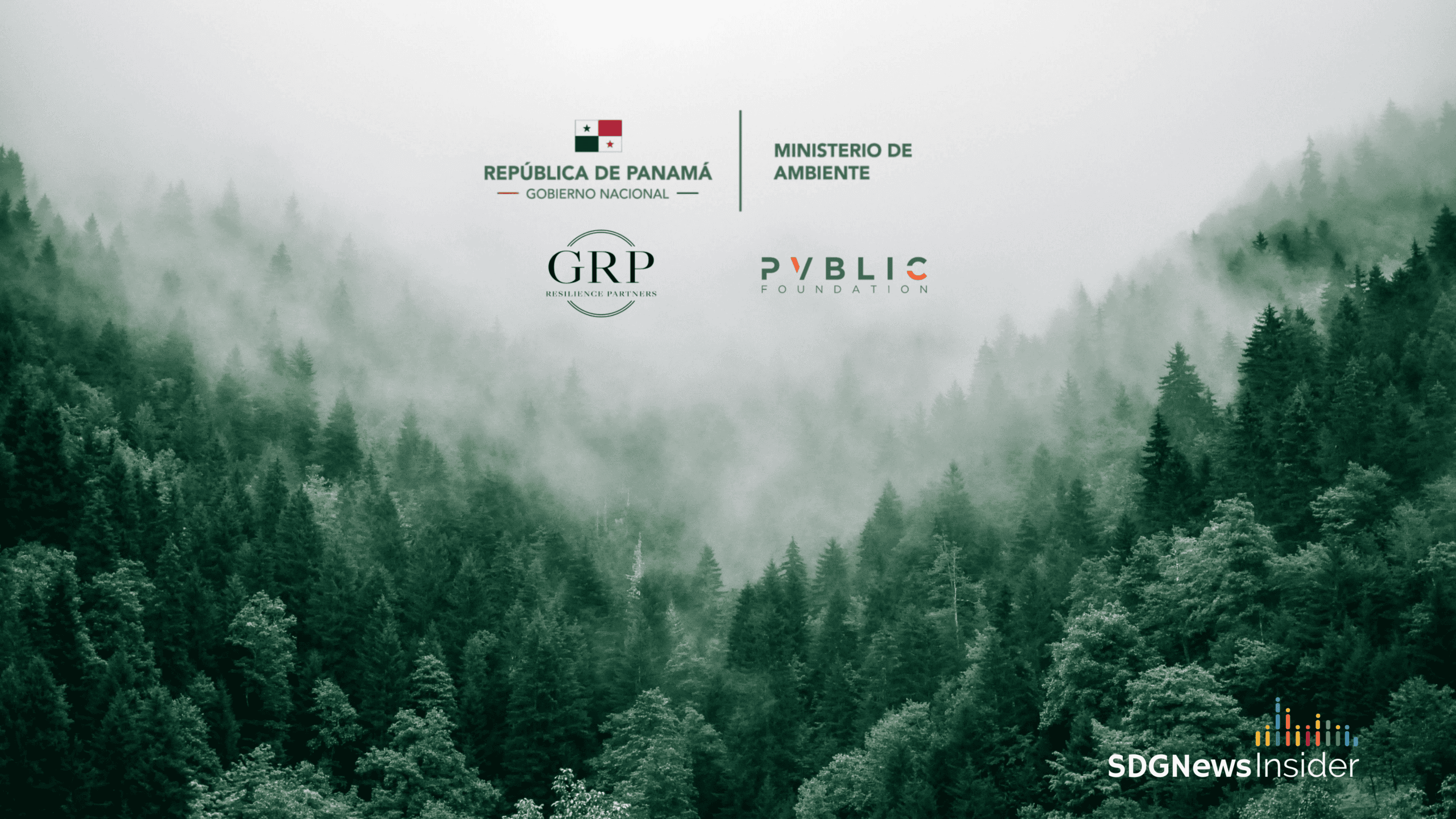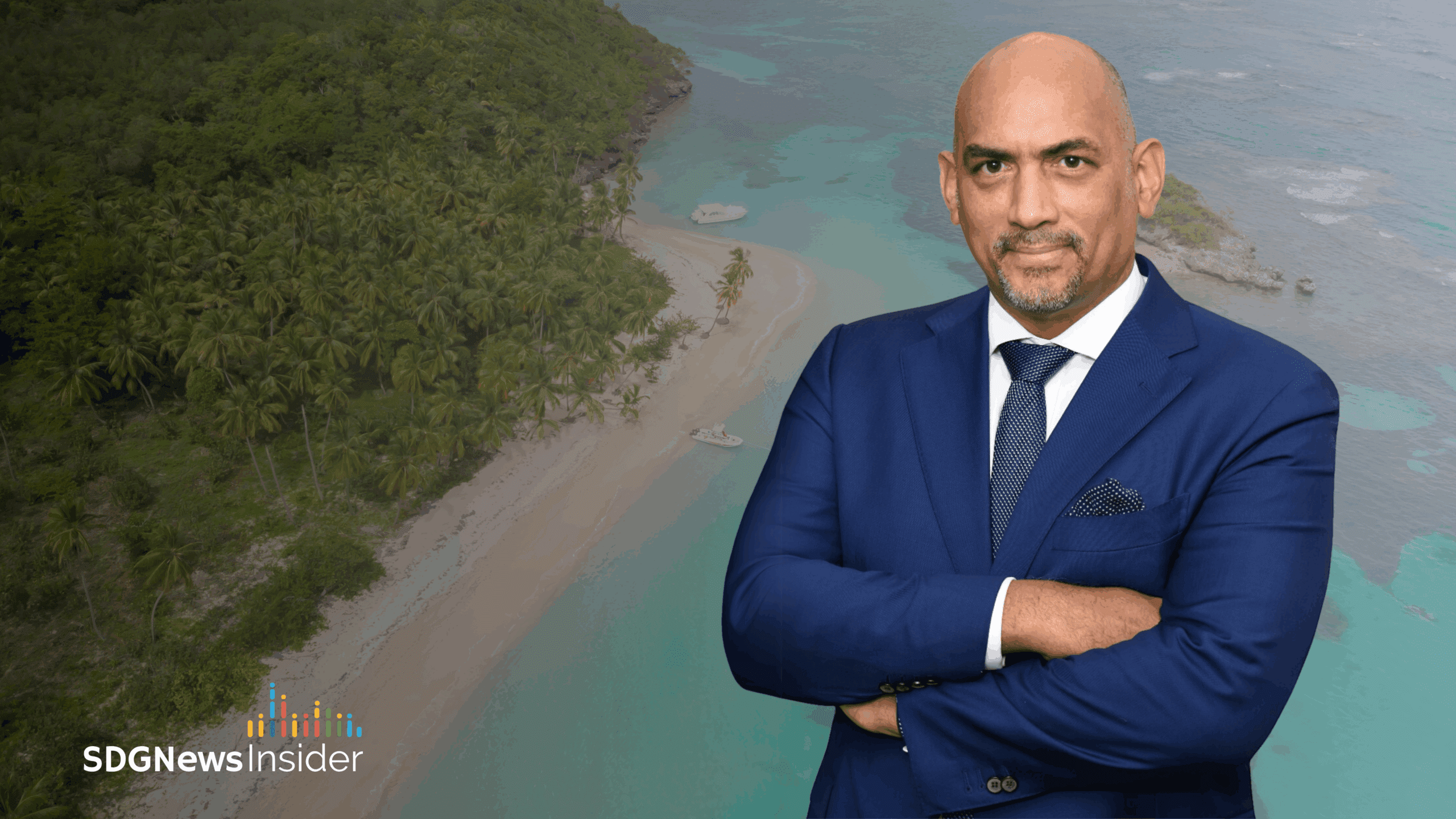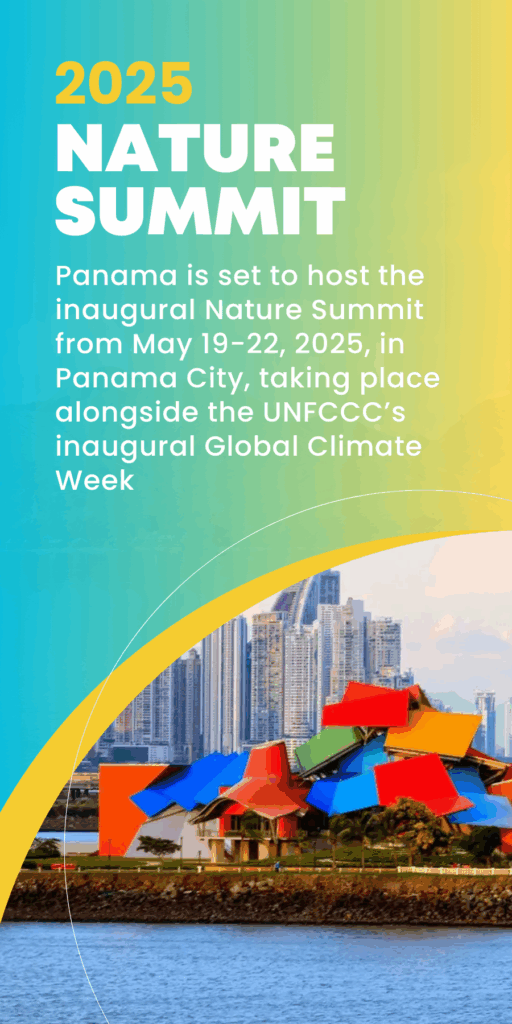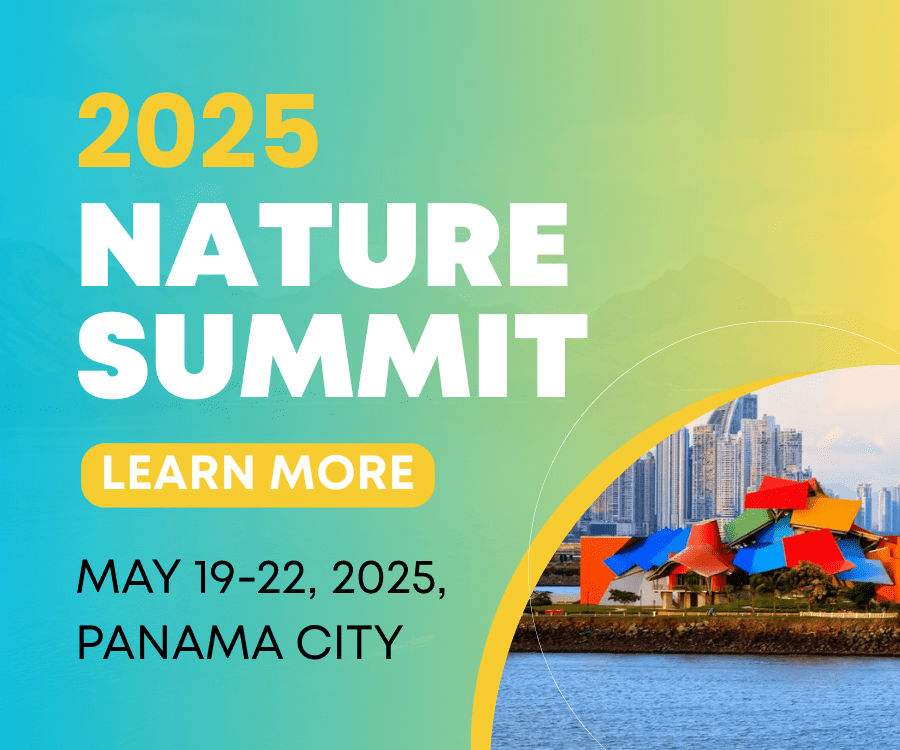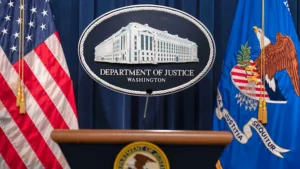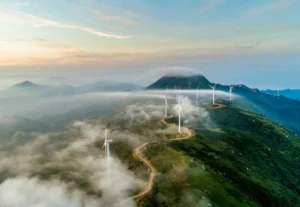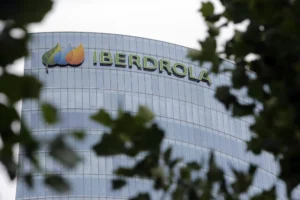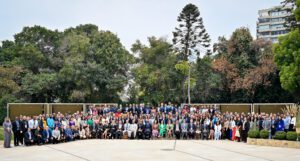Key Impact Points:
- The Brazilian government is investing BRL 4.7 billion for COP30 preparations, covering transportation, accommodation, and event infrastructure.
- COP30 will showcase Brazil’s commitment to climate action, emphasizing Amazon preservation and sustainable development.
- Infrastructure projects, including macro-drainage and new park facilities, aim to enhance quality of life and boost tourism.
Countdown to COP30
With one year until COP30, set for November 10-21, 2025, in Belém, Brazil is ramping up preparations to host over 60,000 attendees from 193 member countries. The event, positioned in the Amazon, highlights Brazil’s role in global climate discussions, including reducing greenhouse gases, climate adaptation, and financing for developing nations.
Government Investment and Legacy Projects
The Brazilian Federal Government has earmarked BRL 4.7 billion from the General Budget, BNDES, and Itaipu for extensive projects. These include renovations to public spaces such as the Ver-o-Peso Complex and São Brás Market, which, along with other projects, receive BRL 299 million. The government is also investing BRL 25.8 million in upgrading Belém Air Base.
“The projects will become a true legacy for the population…boosting tourism—generating jobs, income, and transforming lives,” said Valter Correia, COP30 Extraordinary Secretary.
Major Infrastructure Highlights
The City Park, where the summit will take place, is 70% complete and spans 500,000 m². This post-COP30 public space will feature green areas, sports facilities, and an aviation museum. The Hangar Convention Center, part of the conference’s Blue Zone, is undergoing renovations after hosting G20 meetings in 2024.
Porto Futuro II is another key project, with five repurposed warehouses set to become a bioeconomy hub and cultural center. Over 50% of the project is already completed.
Accommodation and Urban Mobility Efforts
Recognizing the need for increased lodging capacity, the government has allocated BRL 100 million from FUNGETUR. New hotel constructions, including a 500-room Leaders’ Village, are underway, supported by BRL 224 million from Itaipu.
“We are constructing the Leaders’ Village, which will offer around 500 five-star rooms, leaving a legacy for the city after the conference,” Correia confirmed.
Additionally, urban mobility projects like expanding Rua da Marinha aim to ease traffic, benefiting residents long after COP30.
Security and Sustainability
Pará state is strengthening security measures with advanced surveillance systems and increased police presence to ensure the safety of participants.
Sustainability remains a focus. Renewable energy, waste management, and eco-friendly practices are being integrated into the event’s operations.
“We are hiring a sustainability consultancy…so that sustainability measures are integrated into the full scope of COP’s structure,” added Correia.
Long-Term Impact
Infrastructure and educational investments will have lasting positive effects. Correia noted the significance of community engagement: “The local population is highly engaged…enhance employability after the conference.”
Related Article: COP29: Environment Takes Centre Stage



